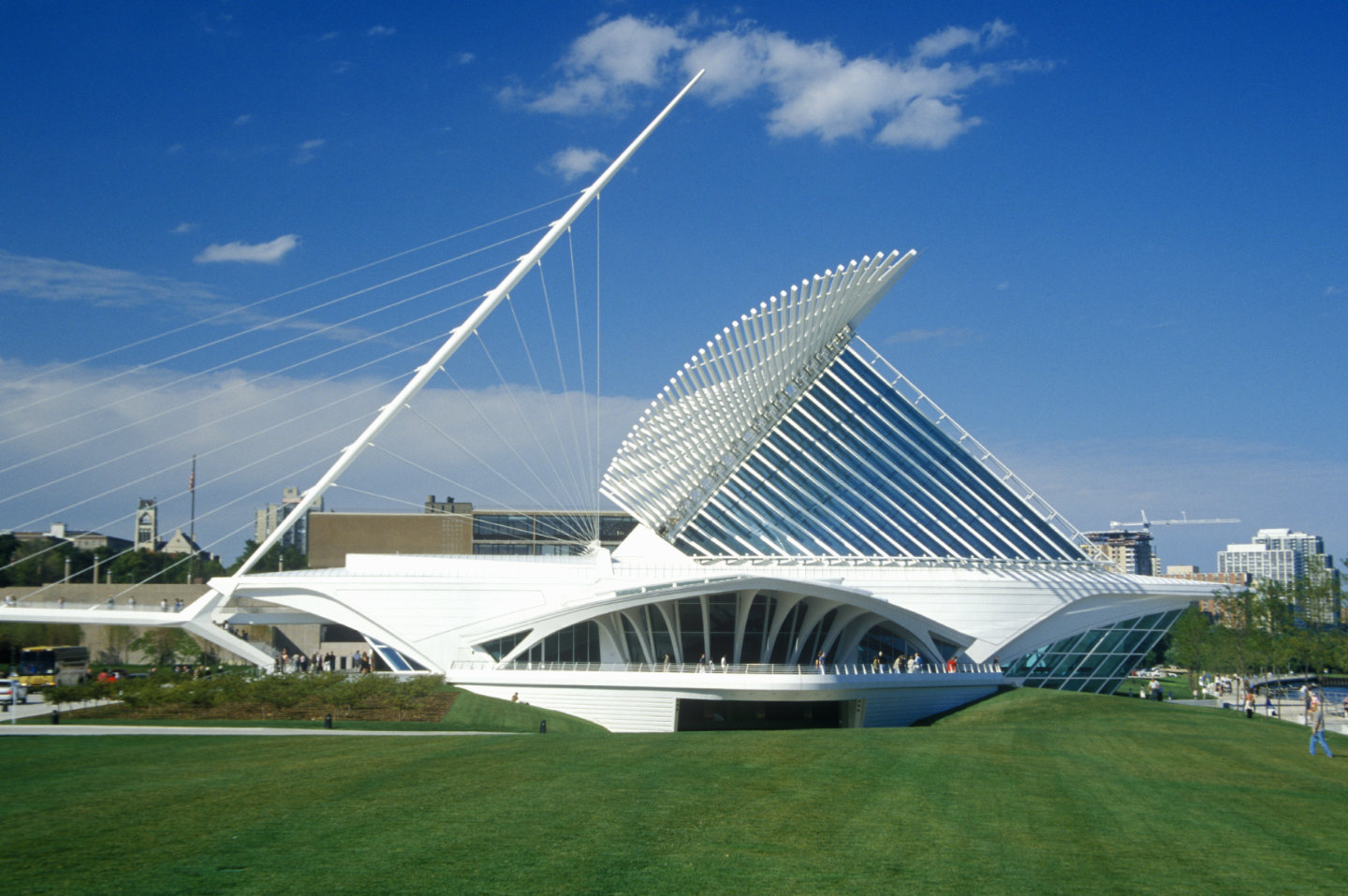Can CBD Oil help ?
Frequently Asked Questions about CBD
We are always adding to and curating our Frequently Asked Questions - if you can't find the answer to your question feel free to ask us.
550+ compounds, 100+ Phyto-cannabinoids, 700+ varieties!
There are more than 550 chemical compounds in cannabis. Over 100 phytocannabinoids have been identified, including Δ9-tetrahydrocannabinol (THC) and cannabidiol (CBD) . Cannabis has over 700 varieties that contain hundreds of compounds, including cannabinoids and terpenes.

Hemp Trichombes under microscope
What is Hemp CBD Oil (Cannabidiol) & what are its benefits?
Hemp / cannabis derived CBD Oil (Cannabidiol) is a powerful non-psychotropic phytocannabinoid (plant compound) which can be found in varying amounts in Cannabis Indica, Cannabis Ruderalis and Cannabis Sativa. Cannabidiol has become known for its potential neuroprotective, antioxidant, and anti-inflammatory properties and benefits that may extend to helping many significant health issues.
CBD is a phytocannabinoid primarily obtained from the Cannabis sativa plant. Unlike its relative tetrahydrocannabinol (THC), CBD does not activate CB1 receptors in the brain and therefore lacks psychotropic effects. CBD is thought to work on the G-protein coupled receptor, endothelial cannabinoid receptor, and serotonin-1A receptors, among others.
Our growers have focused on creating hybrid strains that are high in CBD and low in THC, the compound that produces the ‘high’. The CBD component accounts for at least 40% of the total cannabinoids extracted from the plant. CBD has may prove to be effective as an alternative or complement to conventional drugs, treatments and therapies.
Along with CBD (Cannabidiol) our full extract products contain amounts CBD, CBG, CBN, and CBC; plus Terpenes, Phenols, and Flavonoids, all of which contribute to the so called entourage effect.
Cannabidiol (CBD) is one of at least 113 active cannabinoids identified in cannabis. It is a major phytocannabinoid, accounting for up to 40% of the plant’s extract. CBD is considered to have a wide scope of potential medical applications – due to clinical reports showing the lack of side effects, particularly a lack of psychoactivity (as is typically associated with ∆9-THC), and non-interference with several psychomotor learning and psychological functions.
When buying CBD Oil online you can use our Checklist which will help you understand what to look for in products so you can purchase with confidence.
ID 260655056 © Alexandr Muntean _ Dreamstime.com

Hemp Trichomes under electron microscope
Wisconsin State Laws - CBD
Cannabidiol (CBD) products, including CBD oil, are legal in Wisconsin. Wisconsin enacted Assembly Bill 726 (Lydia's law) in 2014 to allow the use of THC-free CBD to treat seizures based on physicians' certifications. The law was expanded to allow licensed physicians to recommend CBD to treat any medical condition. Additionally, Wisconsin enacted Act 100 in 2017 to legalize industrial hemp in the state, allowing individuals aged 18 years and older to use hemp-derived CBD products.
Read More (opens in new tab) >>
About Milwaukee WI

Population & Culture of Milwaukee
Brief History of Milwaukee
By the early 20th century, Milwaukee had developed a national reputation based on three related hallmarks: Germanism, Socialism and beer. Milwaukee has more recently emerged as a stronghold of industries and immigrants, displaying bold experiments in municipal government, and a gradual immersion in national and global affairs.
Pre 1800 populations are likely to be the Winnebago (Ho Chunk) and Menominee tribes. Most of the tribes that spent some time in Southeastern Wisconsin were refugees, who were pushed westward by encroaching white civilization. Some of these tribes were the Iroquois, Chippewa, Sauk and the Potawatomi. The most influential tribe in Southeastern Wisconsin was the Potawatomi. They were the dominant tribe in the area when French explorers first started venturing into the territory. Local tribes traded furs with the French who had started to arrive in the area after 1674. The fur trade eventually destroyed the Indians’ traditional way of life. By the 1830s, there were still a few groups of Native Americans in the area although their population had dwindled even further because of a smallpox epidemic in 1831. In 1835, nearly all the land belonging to the Native Americans had been ceded to the United States. The Potawatomi were given permission to remain on the land for three more years. When their time was up, they were rounded up by federal contractors and led west of the Mississippi. The few who remained became the city’s first minority group.
In the later 1800's the Germans and then the Polish people settled the Milwaukee region. Thus the region become the beer brewing capital of America. By 1850 the Miller Brewing Company of Milwaukee became synonymous with Germans and beer. The Germans had long perfected the art of brewing beer. They didn’t waste any time setting up breweries when they arrived in Milwaukee. By 1856, there were more than two dozen breweries in Milwaukee, most of them German owned and operated. Among these were Pabst, Miller, Schlitz and Blatz breweries. It wasn’t long before Milwaukee had a national reputation for beer. By the turn of the century, 1900 led by Pabst Brewery, the big breweries of Milwaukee were the country’s leaders in beer production. As early as 1843, pioneer historian James Buck recorded 138 taverns in Milwaukee, an average of one per forty residents! Beer halls and taverns are abundant in the city to this day although only one of the major breweries –Miller– remains in Milwaukee.
Attractions & Points of Interest
 Milwaukee's Basilica of St. Josaphat is a beautiful architectural Tartarian building featuring a stunning exterior design and exceptional stained glass windows are a feature. The ornate interior of this Basilica rivals many of the cathedrals in Europe. Another grand old building is the Pabst Family home that was built in the Flemish Renaissance style on Milwaukee's historic Grand Avenue. The sea captain and beer baron Captain Frederick Pabst moved in after the apparently very short 2 year build. The project was completed at a cost of $254,000, which included the home, furnishings and artwork — a figure equivalent to about $8.4 million today. Pabst had 8,000 square feet of the house for himself, his wife, Maria, and the four children who survived to adulthood.
Milwaukee's Basilica of St. Josaphat is a beautiful architectural Tartarian building featuring a stunning exterior design and exceptional stained glass windows are a feature. The ornate interior of this Basilica rivals many of the cathedrals in Europe. Another grand old building is the Pabst Family home that was built in the Flemish Renaissance style on Milwaukee's historic Grand Avenue. The sea captain and beer baron Captain Frederick Pabst moved in after the apparently very short 2 year build. The project was completed at a cost of $254,000, which included the home, furnishings and artwork — a figure equivalent to about $8.4 million today. Pabst had 8,000 square feet of the house for himself, his wife, Maria, and the four children who survived to adulthood.Industry & Commerce
Milwaukee, a commercial and industrial hub for the Great Lakes region, is home to six Fortune 1000 manufacturers including Harley-Davidson Inc., Rockwell Automation, and Johnson Controls, along with banks, and diversified service companies and one of the nation's ten largest insurance firms. The metropolitan area places among the top manufacturing centers in the United States, ranking second among major metropolitan areas in the percentage of its workforce in manufacturing. The economy is dominated by small- to medium-size firms with representatives in nearly every industrial classification. Metropolitan area firms are engaged primarily in the manufacture of machinery; contrary to Milwaukee's reputation as a brewery capital, less than one percent of the city's industrial output is related to brewing.
In recent years, the metro region has earned a reputation as a center for precision manufacturing. It leads the nation in the production of industrial controls, X-ray equipment, steel foundry parts, and mining machinery. The area is also considered a printing and publishing center, housing more than 11 percent of the top 70 printing companies in North America. Publishers and printers combined employ more than 21,000 people, about 2.5 percent of the workforce. Professional and managerial positions are the fastest-growing occupations in Milwaukee, accounting for almost 27 percent of the workforce. Service businesses constitute the largest sector of the local economy, and health care positions account for about 27 percent of service sector jobs. The area is home to four major multi-hospital health systems. Other major areas of service employment include business services (27 percent), educational services (7 percent) and social services (10 percent). Nearly a quarter of the state's high-tech firms, employing more than one-third of Wisconsin's technology industry staff, are located in Milwaukee County. Between 1990 and 1999, Milwaukee led Wisconsin in the creation of high-tech jobs, adding 10,000 positions.
Geography & Terrain
Milwaukee lies along the shores and bluffs of Lake Michigan at the confluence of three rivers: the Menomonee, the Kinnickinnic, and the Milwaukee. Smaller rivers, such as the Root River and Lincoln Creek, also flow through the city.
Milwaukee's terrain is sculpted by the glacier path and includes steep bluffs along Lake Michigan that begin about a mile (1.6 km) north of downtown. In addition, 30 miles (48 km) southwest of Milwaukee is the Kettle Moraine and lake country that provides an industrial landscape combined with inland lakes.
Map
We ship to over 60 countries internationally and all US states.
Follow the links in the drop-down menu to read about specific national and state / provincial CBD & Cannabis laws and regulations.









